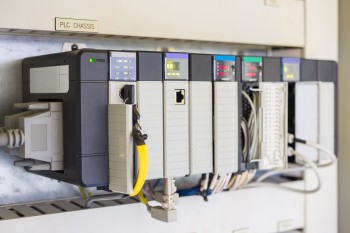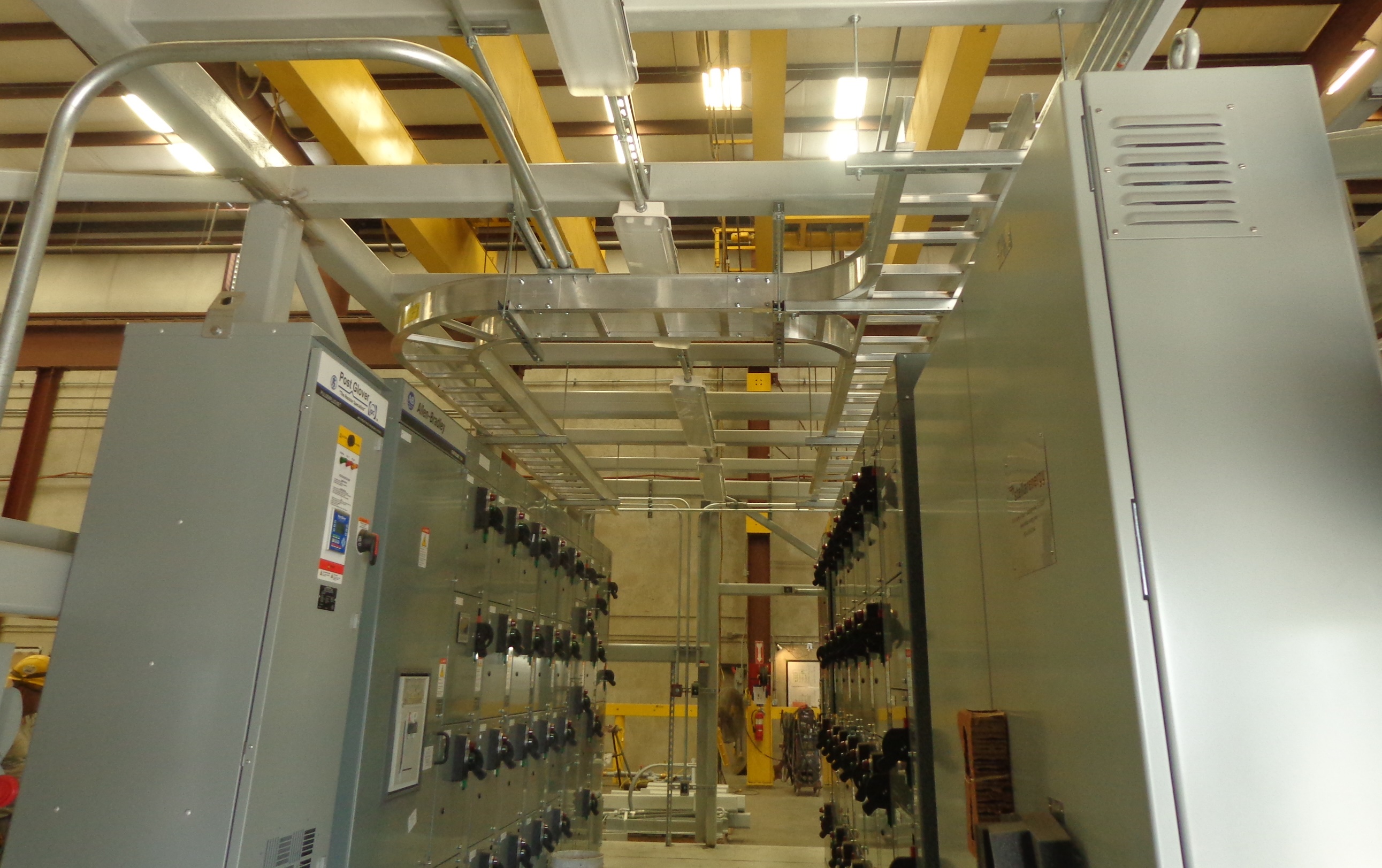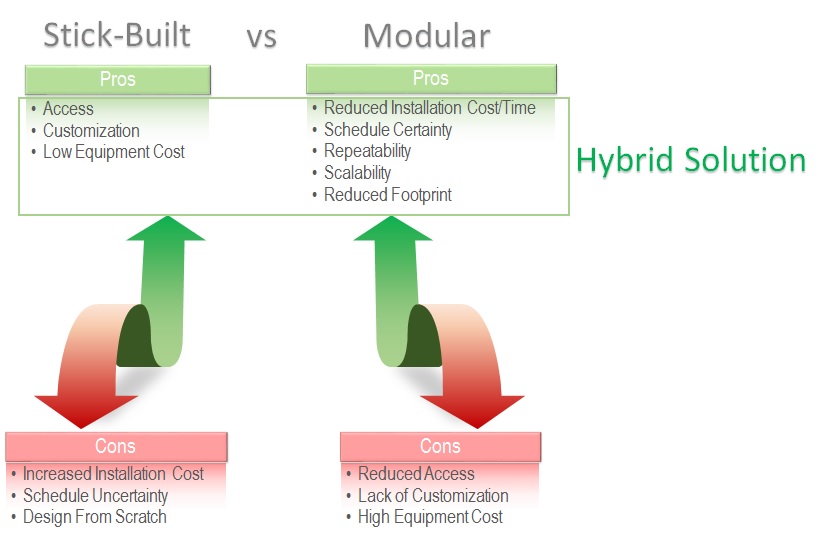The market for liquefied natural gas (LNG) is booming. International LNG trade is expected to exceed $120 billion this year, making it second only to oil as the most valuable world commodity, according to Goldman Sachs Group.[1]
Demand for the product positions the United States – with its abundant natural gas — nicely to build an LNG export market. This is a big switch from a decade ago when the U.S. was experiencing tight energy supplies and thought by now it would rely on foreign LNG imports.
As a result of the industry shift, we are seeing keen market interest in development of liquefaction plants in the U.S. (and other parts of the world). The nation now has plants under construction to produce 44.1 million tons per annum (MTPA) of LNG and has proposed an additional 268 MTPA of capacity.[2]
LNG plants can cost in excess of $8 billion to site, develop and build. So efforts are underway to make these new plants as cost-effective as possible – which is one of the reasons why the LNG industry is examining Turbine Inlet Air Chilling (TIAC).














